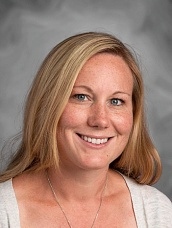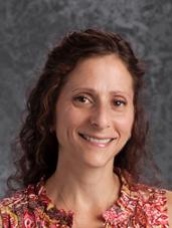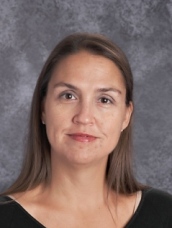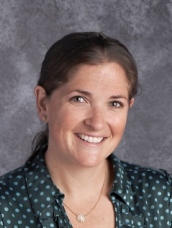Monica Barry
Speech and Language Pathologist

781-741-1520 x 4849
Wendy Gillen
Speech and Language Pathologist (K-5)

781-741-1570 x 4940
Jill Livermore
Speech and Language Pathologist (Preschool)

781-741-1570 x 4970
Caitlin Mcinnes
Speech and Language Pathologist

781-741-1540 x4209
Lauren Cunio
Speech and Language Pathologist
Plymouth River Elementary School
781-741-1530 x 4355
Julie McCormick
Speech and Language Pathologist
Mary Maynard
Speech and Language Pathologist (District Wide)
School Speech and Language Pathology
Speech and Language Pathologists (SLPs) work with schoolchildren who have communication problems that affect success in:
- Classroom activities
- Social interaction
- Literacy
- Learning
Speech and language services are provided for school-age children with communication disorders that adversely affect children’s educational performance. SLPs work with children who have a variety of disabilities which can include:
- Language
- Voice
- Fluency or Stuttering
- Articulation
- Swallowing , also called Dysphagia
Speech and Language Disorders Can Be Associated With:
- Hearing loss
- Cleft Palate
- Cerebral Palsy and other Motor Problems
- Learning Disabilities
- Autism
- Developmental Delays
- Traumatic brain injuries
- Other Problems
SPLs have many roles in schools. They often, but not limited to, identification students at risk for later problems, participate in assessment of students’ communication skills, conduct evaluate results of comprehensive assessments, develop and implement IEPs, and collaborate with teachers and other professionals. Often, SPLs combine communication goals with academic and social goals. Service delivery can be in the form of monitoring, consultation, direct service in the classroom, and/or direct service outside of the classroom.